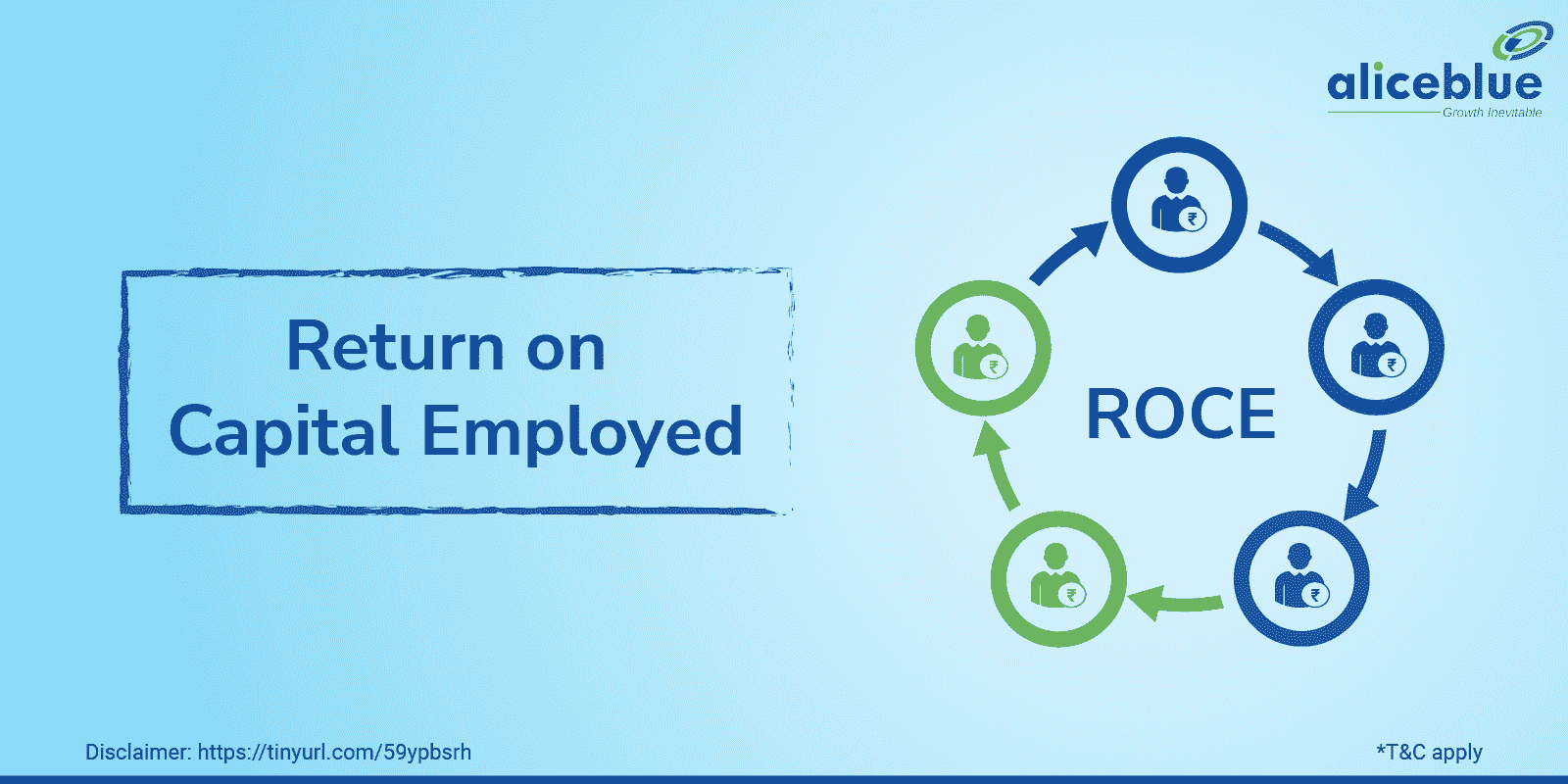Return On Capital Employed ROCE: Definition and How To Calculate

First, the determination of capital employed involves various accounting estimates and judgments. Different accounting methods for valuing assets and liabilities such as historical cost vs. fair value can lead to varying interpretations of capital employed. This may affect the amount of capital employed by one company compared with the capital employed by another.
What is ROCE?

The capital employed refers to capital provided to the company by banks and by investors. Hence, capital employed is calculated by adding the non-current liabilities to the equity. Dividends can significantly increase the rate of return on investment, so if the business pays them out, they must be factored in.
How to use ROCE to calculate the efficiency of capital employed?
She has worked in multiple cities covering breaking news, politics, education, and more. Adam Hayes, Ph.D., CFA, is a financial writer with 15+ years Wall Street experience as a derivatives trader. Besides his extensive derivative trading expertise, Adam is an expert in economics and behavioral finance. Adam received his master’s in economics from The New School for Social Research and his Ph.D. from the University of Wisconsin-Madison in sociology. He is a CFA charterholder as well as holding FINRA Series 7, 55 & 63 licenses. He currently researches and teaches economic sociology and the social studies of finance at the Hebrew University in Jerusalem.
Why You Can Trust Finance Strategists
- It’s calculated by dividing the net profit by the average capital employed (i.e., total assets minus total liabilities).
- Ultimately, each is used in different ways to collectively provide a holistic view of a company’s financial performance (focusing on both operational efficiency and shareholder value).
- She has an EBIT of $50,000, total assets of $500,000, and current liabilities of $100,000.
- Companies might adjust their financial statements to present a more favorable ROCE, potentially misleading investors.
- Different accounting methods for valuing assets and liabilities such as historical cost vs. fair value can lead to varying interpretations of capital employed.
The WACC is a measure that factors in the costs of the company’s sources of capital such as equity and debt financing. If a company’s ROCE is not regularly above the weighted average cost of its capital, it’s wasting capital by continuing to operate. So a firm’s cost of capital acts as a hurdle rate for the business, a minimum level of profitability that should be achieved.
Capital employed is primarily used by analysts to determine the return on capital employed (ROCE). Like return on assets (ROA), investors use ROCE to get an approximation of what their return might be in the future. The main limitation is that you cannot use it to compare companies with different size balance sheets, i.E., If two companies have the same roce but one has a lot more capital employed. what is a simple tax return ROCE and return on equity (ROE) both measure profitability in a company, but there are some key differences between the two metrics. It’s a useful way to evaluate financial statements, and it can help you see where your business is headed long-term. The formula for calculating ROCE is pretty straightforward, but there are some nuances that you should be aware of before diving into calculations.
The ROCE is calculated by taking the net operating profit after tax (NOPAT) and dividing it by the total equity. Anything between 15% and 20% is considered strong, 10% or more is weak, and below 5% is very weak. On the other hand, ROIC is short for Return on Invested Capital and focuses only on the money that shareholders and debt holders have put into the company. It tells us how good a company is at turning its direct investments into profits. So when you use an ROCE calculator, it’s smart to compare your results with others in your field.
If you’re looking for investments with high returns, then companies with higher ROCE values are ones you should consider investing in. It shows investors how much profit each dollar of invested capital generates. And that’s important because it helps tell if putting money into a business will yield good returns or not. Similarly, as in the case of ROIC, this financial ratio ignores the investments yet to bring profits. So if the company is involved with long-term projects that are about to generate income many years into the future, ROIC calculation will not reveal the full potential of the company. A ROCE of at least 20% is usually a good sign that the company is in a good financial position.
When evaluating a company, consider other profitability ratios, such as return on equity and return on assets alongside ROCE to get a fuller picture of the company’s financial efficiency. The ROCE ratio is a measure of how well a company is using its capital. It’s also a measure of profitability, since it measures profits against invested capital. In essence, it compares the return on invested capital with your company’s cost of capital (the rate at which your company could have borrowed money).
These investors believe the return on capital is a better gauge of the performance or profitability of a company over a more extended period of time. The return on capital employed (ROCE) and return on invested capital (ROIC) are two closely related measures of profitability. That said, the capital employed encompasses shareholders’ equity, as well as non-current liabilities, namely long-term debt.